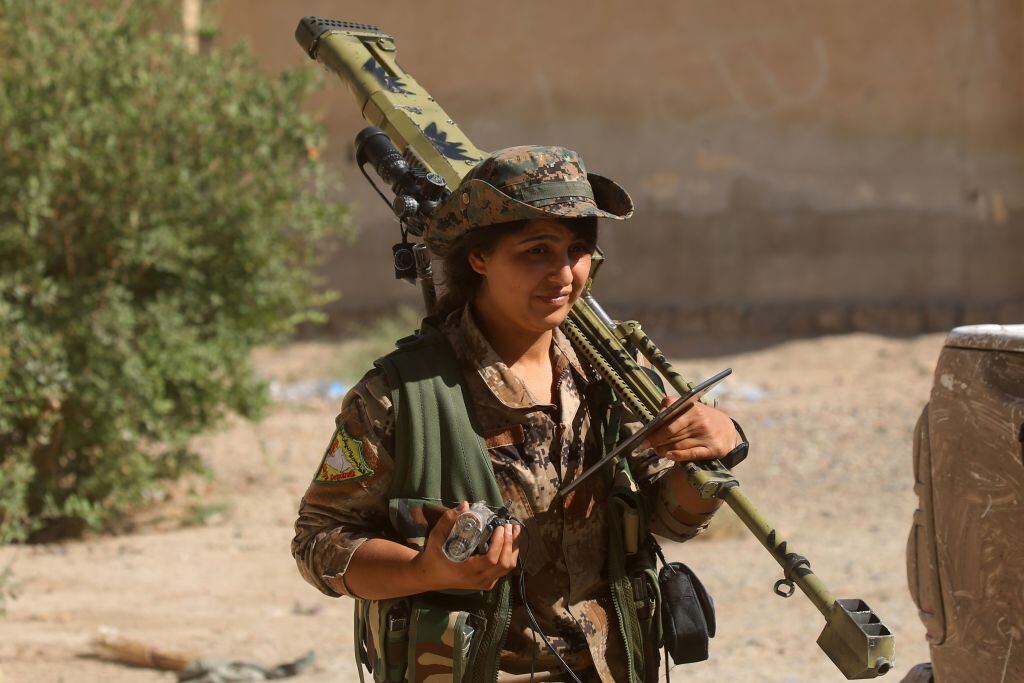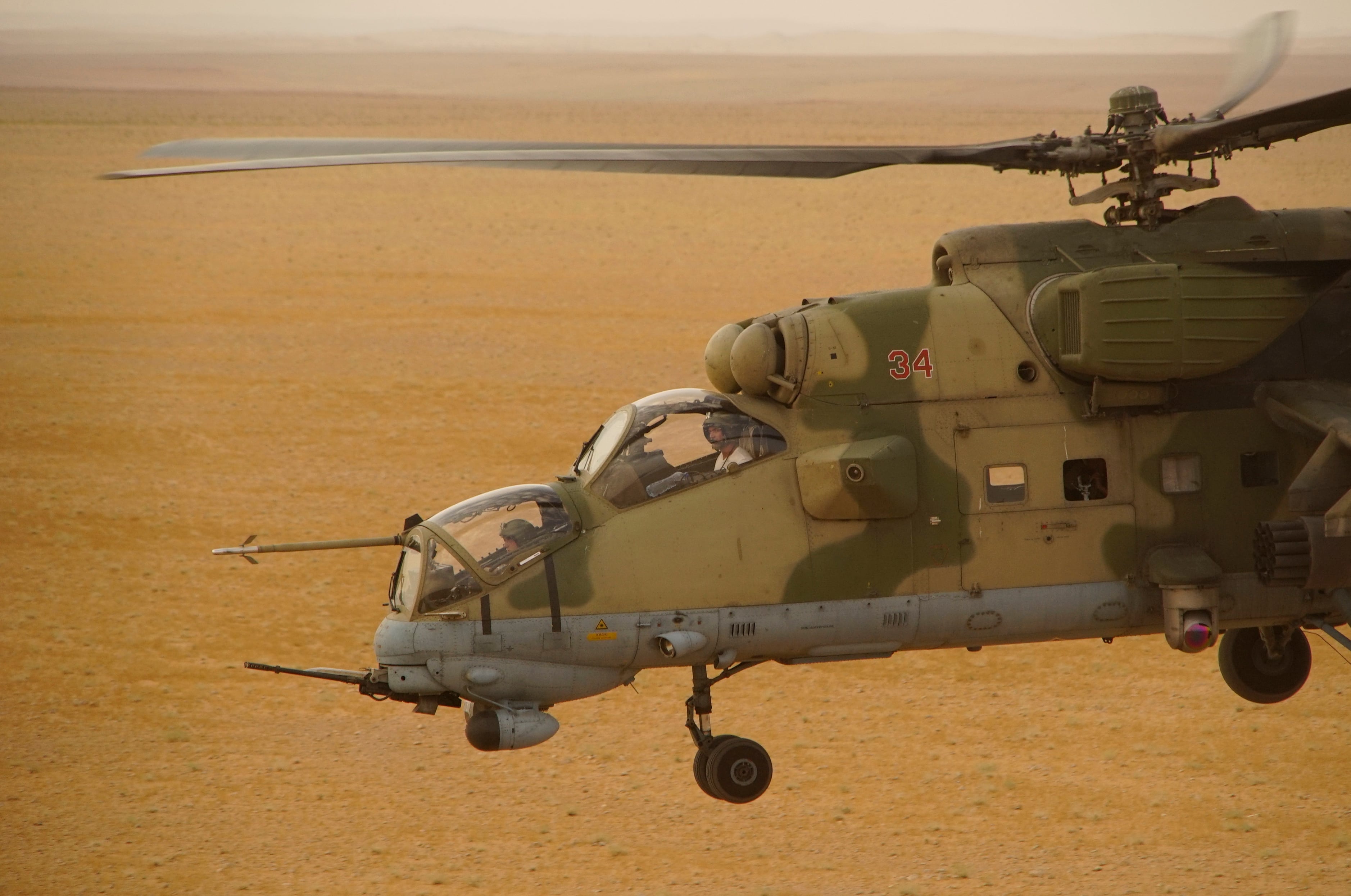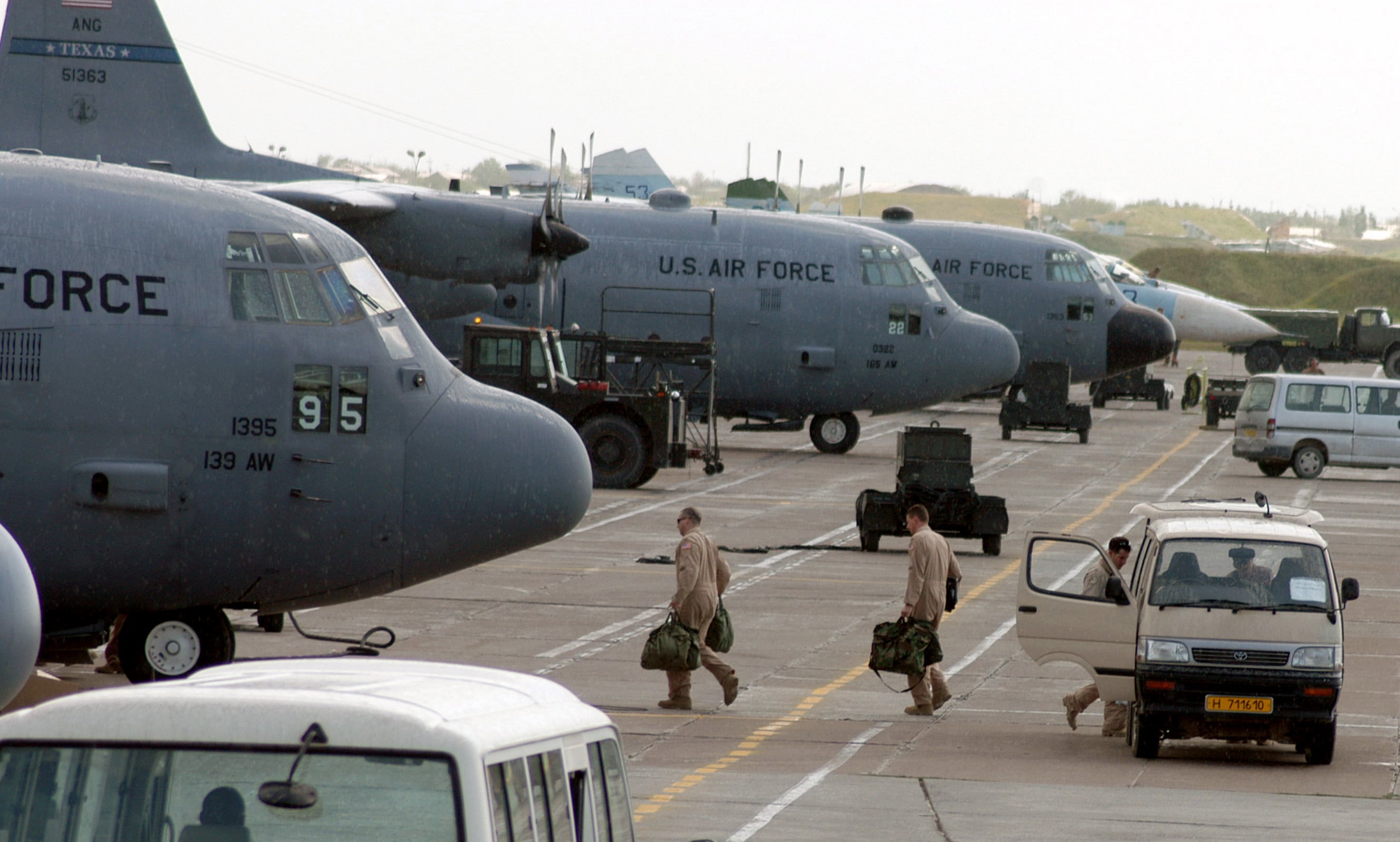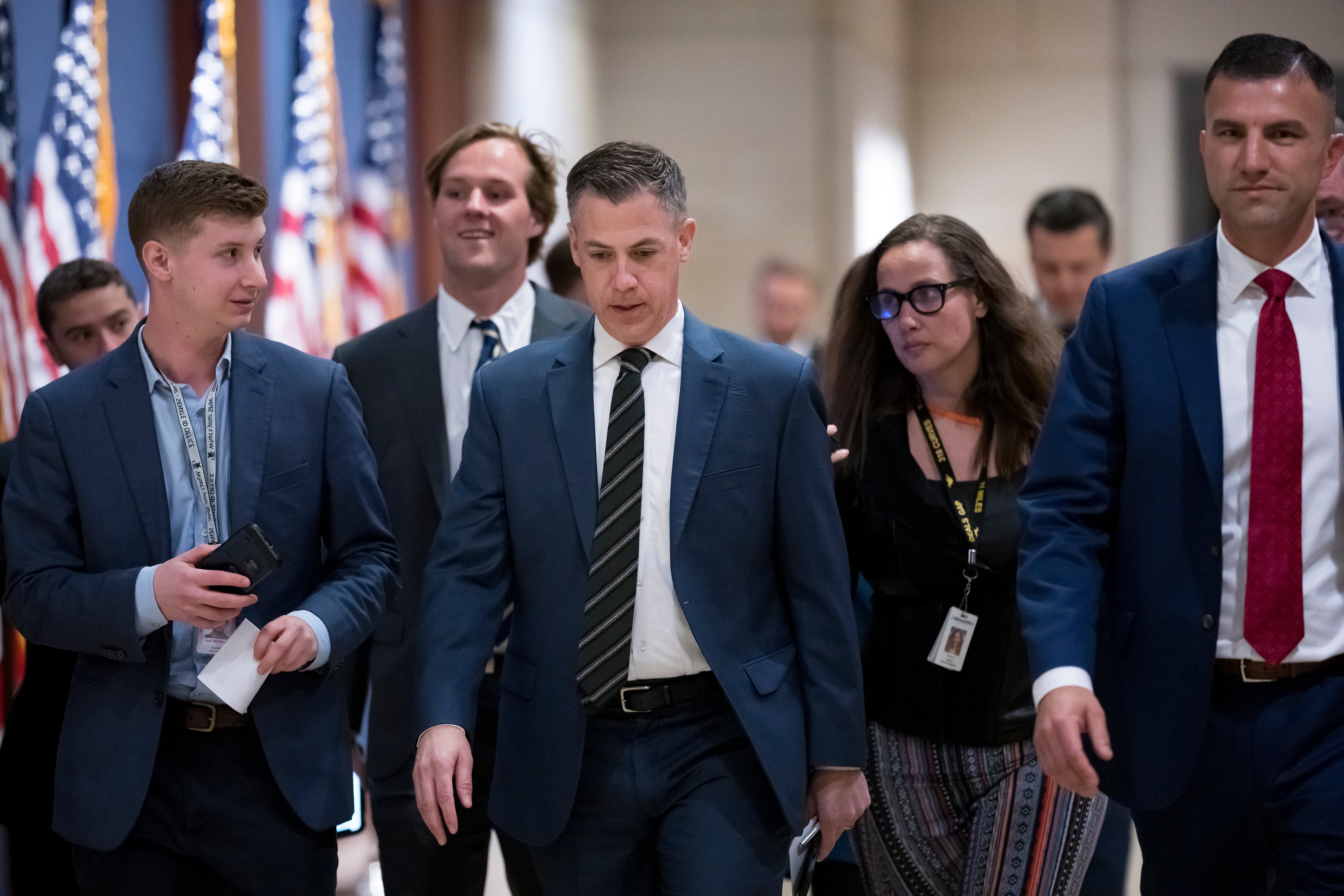WASHINGTON — Senior American and Russian military leaders met for an unprecedented, face-to-face session somewhere in the Middle East this week to discuss the growing tensions in the competing battles to retake one of the remaining Islamic State strongholds in Syria.
Syrian government forces, Russian special forces and U.S.-backed militants are all battling IS around the oil-rich Deir el-Zour province. The talks are aimed at ensuring safety for all the different fighting elements.
The meeting, however, also suggests an expanded U.S. and Russian effort to coordinate their efforts, raising questions about how the Pentagon is adhering to an American prohibition against military-to-military cooperation with Moscow. Congress enacted that law in the wake of Russia’s annexation of the Crimea region of Ukraine in 2014.
Army Col. Ryan Dillon told Pentagon reporters on Thursday that U.S. and Russian general officers shared maps, graphics and information about where their forces are battling around Deir el-Zour. He would not provide details on when or where the meeting occurred, beyond saying it took place in recent days somewhere in the region.
Dillon said he was withholding the location of the meeting because there may be follow-up talks. He didn’t say who was present or how long it lasted.
Asked Thursday about the growing turbulence with the Russians, Defense Secretary Jim Mattis told reporters, “I am not worried, we continue to deal with the Russians in a collaborative way, we’ll sort this out.”
U.S. officials in the past, however, have shied away from using words like collaborate and coordinate, to avoid the appearance of any military-to-military relationship with Russia that would cross the congressional line.
Maj. Adrian Rankine-Galloway, a Pentagon spokesman, said the military is complying with the law and does nothing that would constitute “cooperation” with Russian forces. As examples, he said, the U.S. doesn’t give the Russians targeting information or combat advice and has not given their soldiers supplies or battle support.
He added, “there are currently no plans to engage in these kinds of activities in the future.”
Dillon also said that U.S. and Russian ground forces in Syria have been using telephone lines in the past month or so to ensure the forces don’t fire on each other.
RELATED

Russia has accused the U.S.-backed Syrian Democratic Forces of firing on Syrian government troops in the area. The Kurdish-led, Syrian Democratic Forces have charged Russian aircraft with carrying out an airstrike on its members.
In a further sign of the high tensions, the Russian Defense Ministry on Thursday said it has warned the U.S. military that Russian special forces are deployed alongside Syrian government troops in the battle for Deir el-Zour and said Moscow would retaliate if the Russians come under fire.
The Russian deployment raises the specter of a direct confrontation on the ground between Russian forces and the pro-Syrian troops they back on one side, and the U.S.-supported Kurdish-led forces on the other. U.S. special forces are also operating with the SDF, providing artillery and other support.
Both sides say they’re trying to avoid such a scenario.
U.S. and Russian military commanders have been routinely using a phone hotline set up during the Obama administration. Because of American legal concerns, they’ve insisted their discussions aren’t technically “cooperation.” Instead, they have said the calls are used to prevent accidents in a crowded airspace where the U.S., Russia and Syria all conduct airstrikes.





